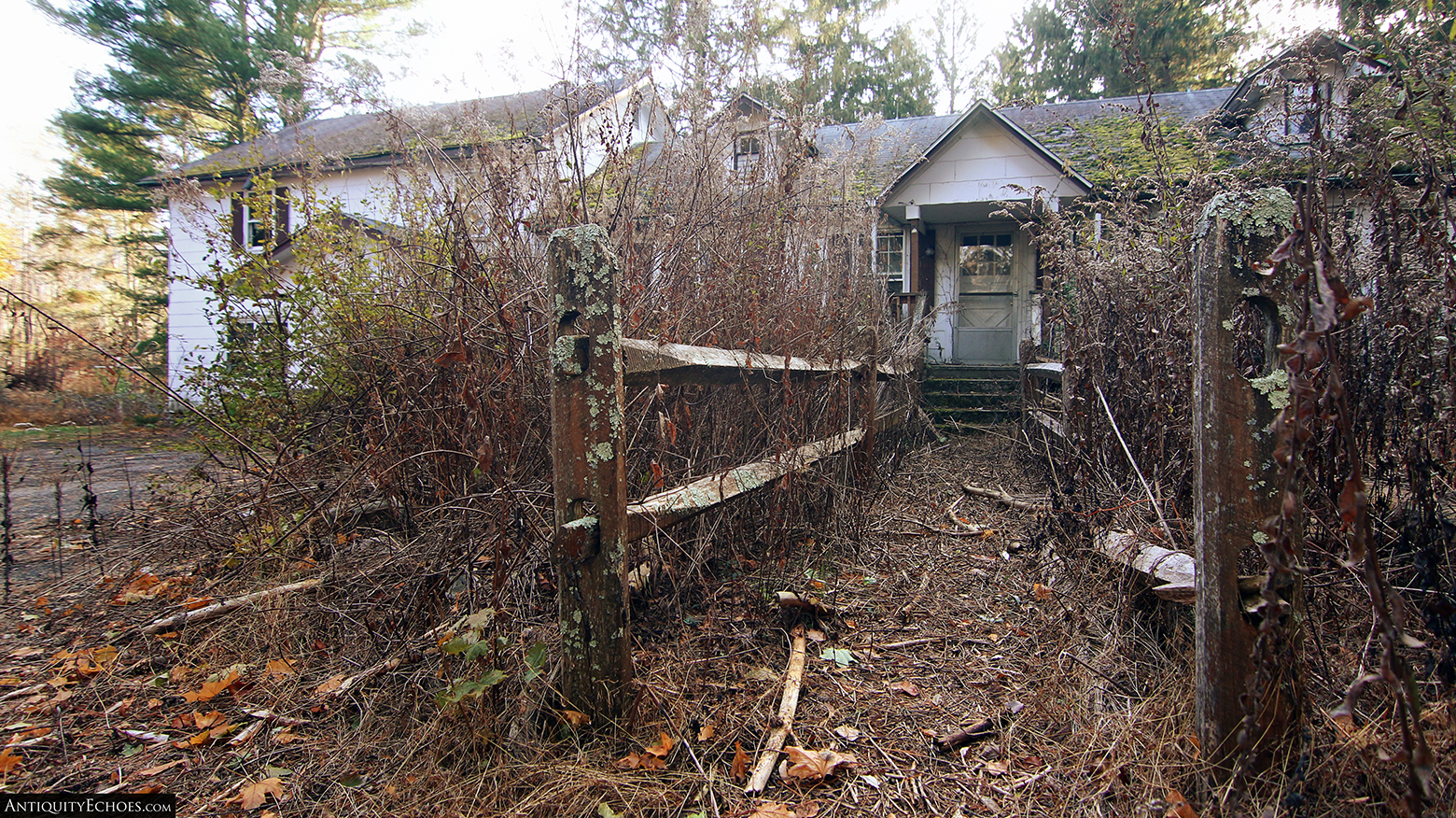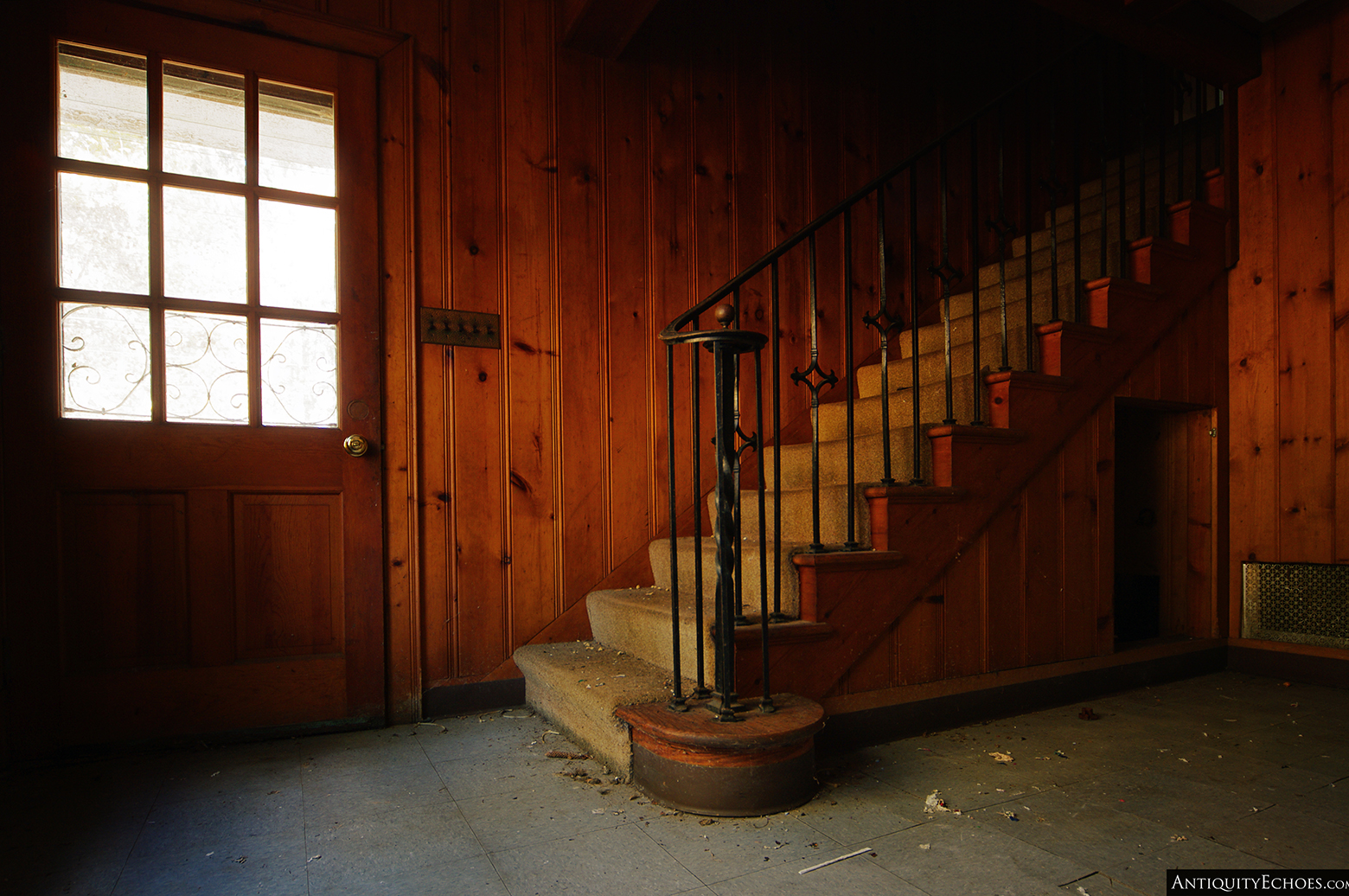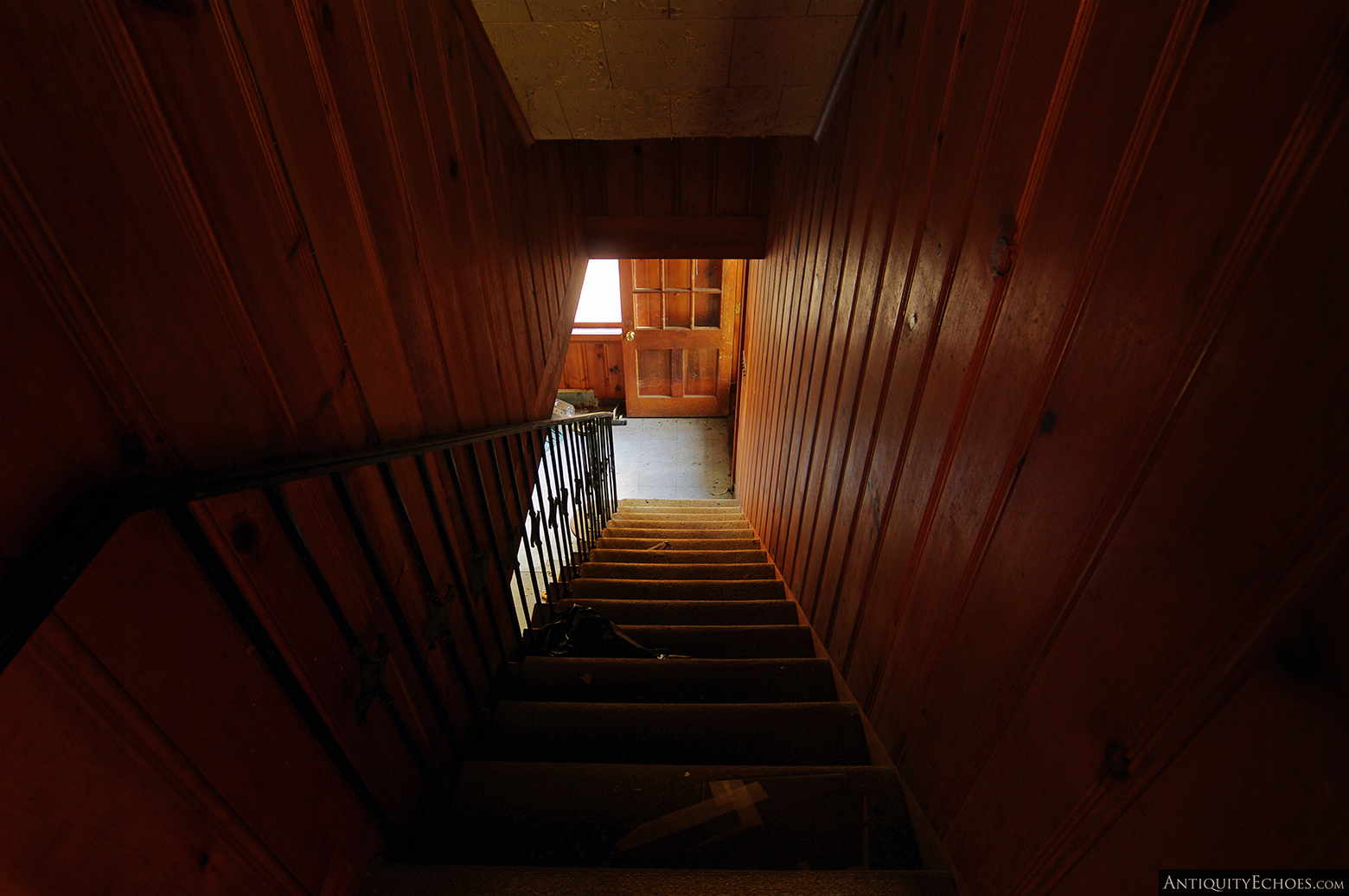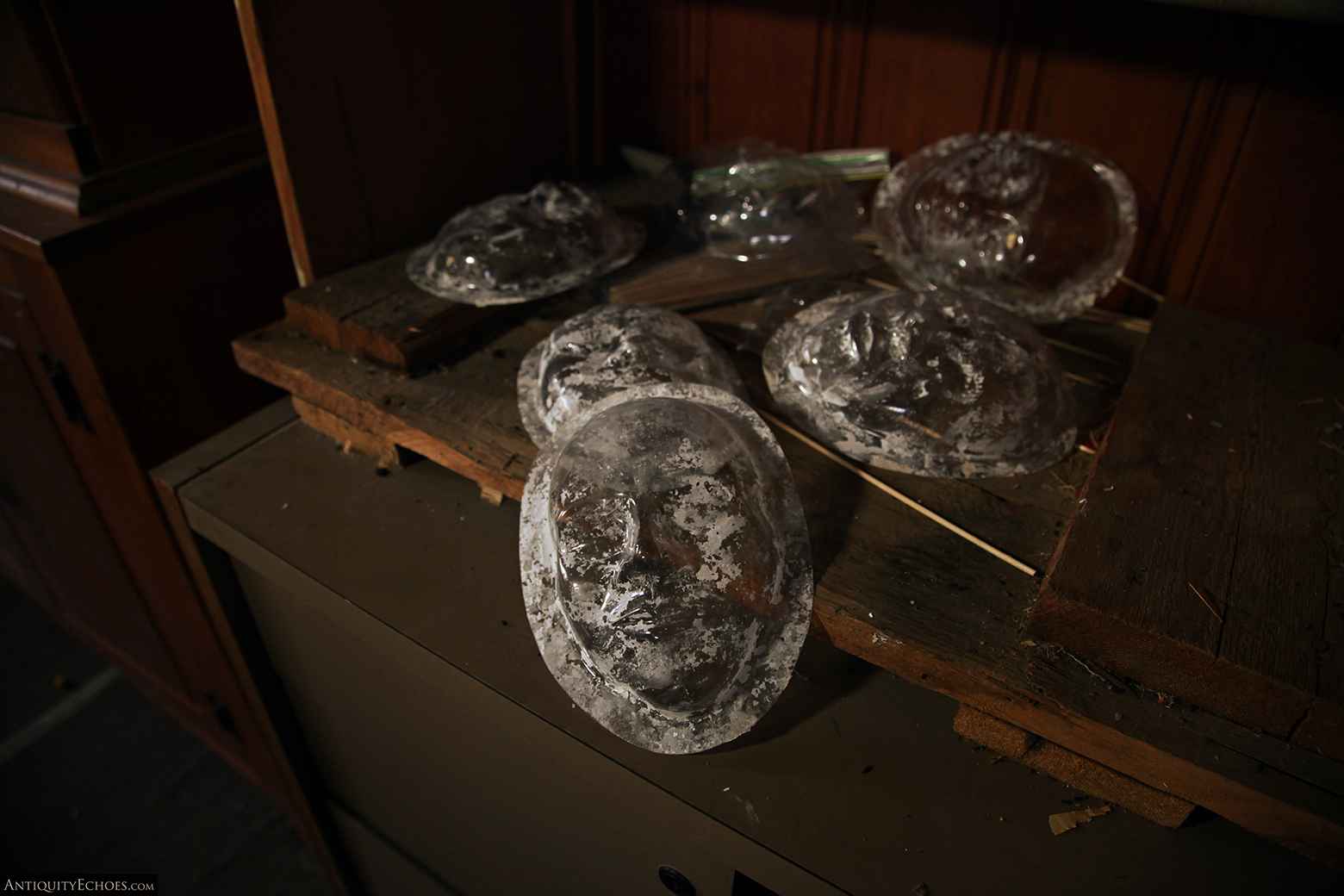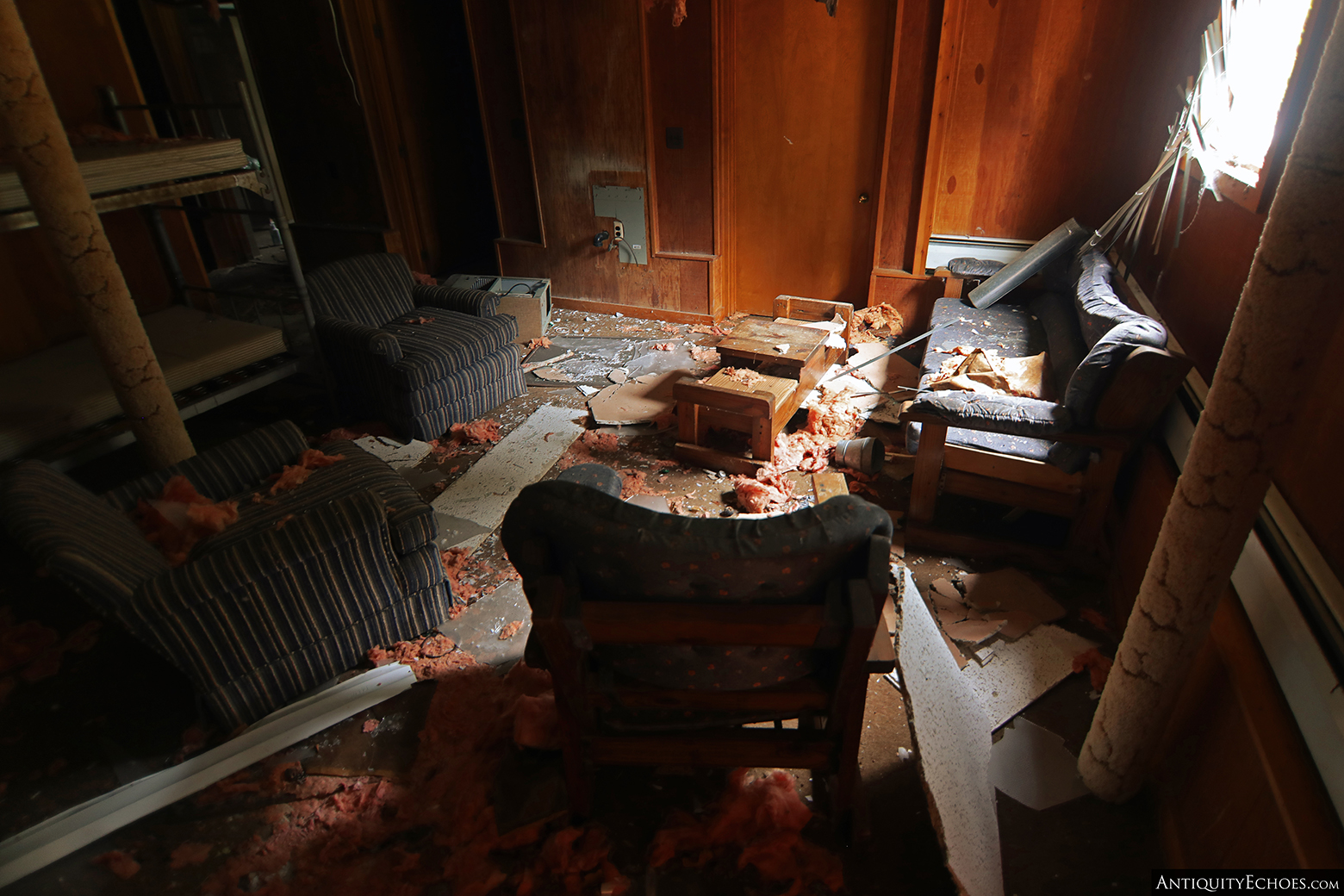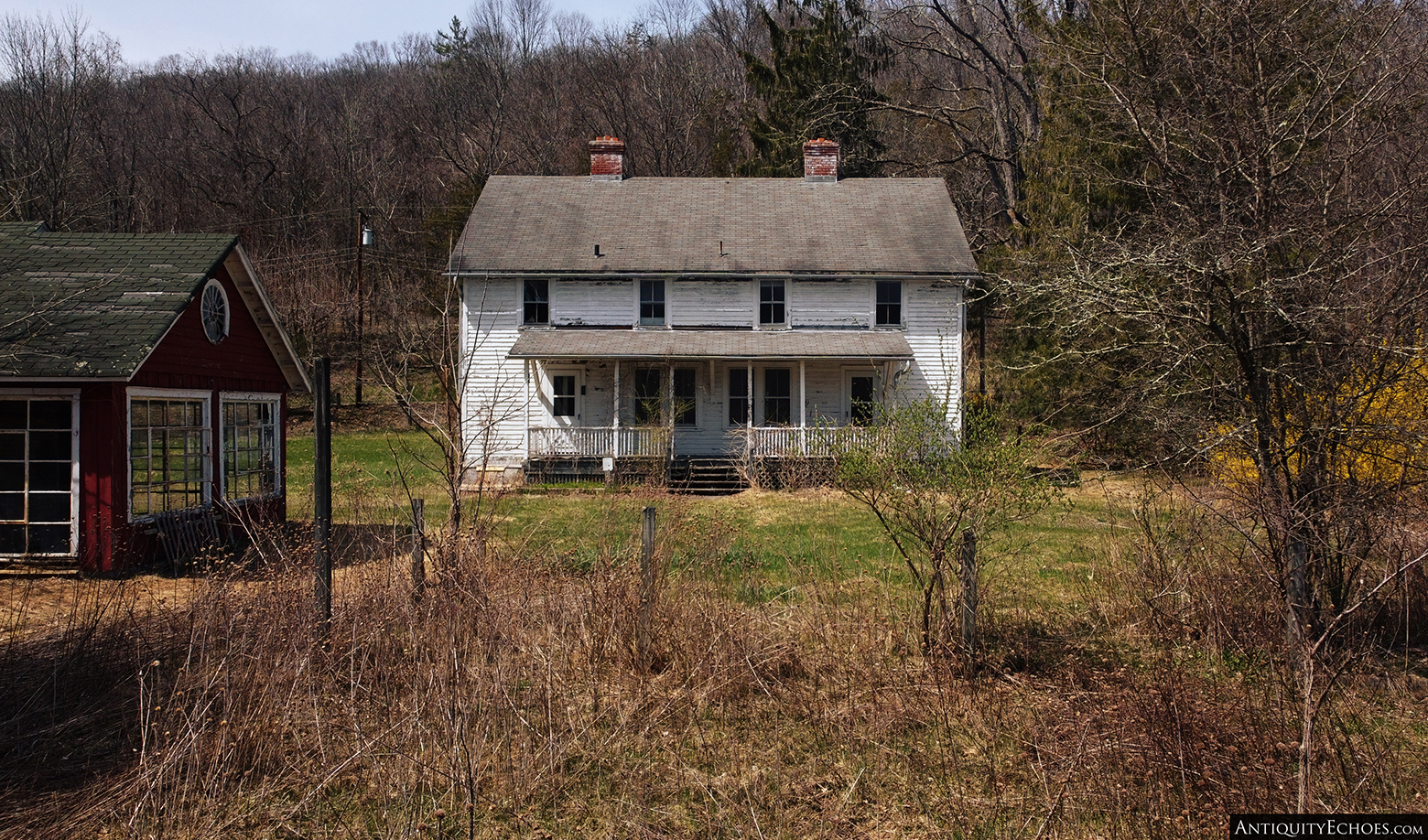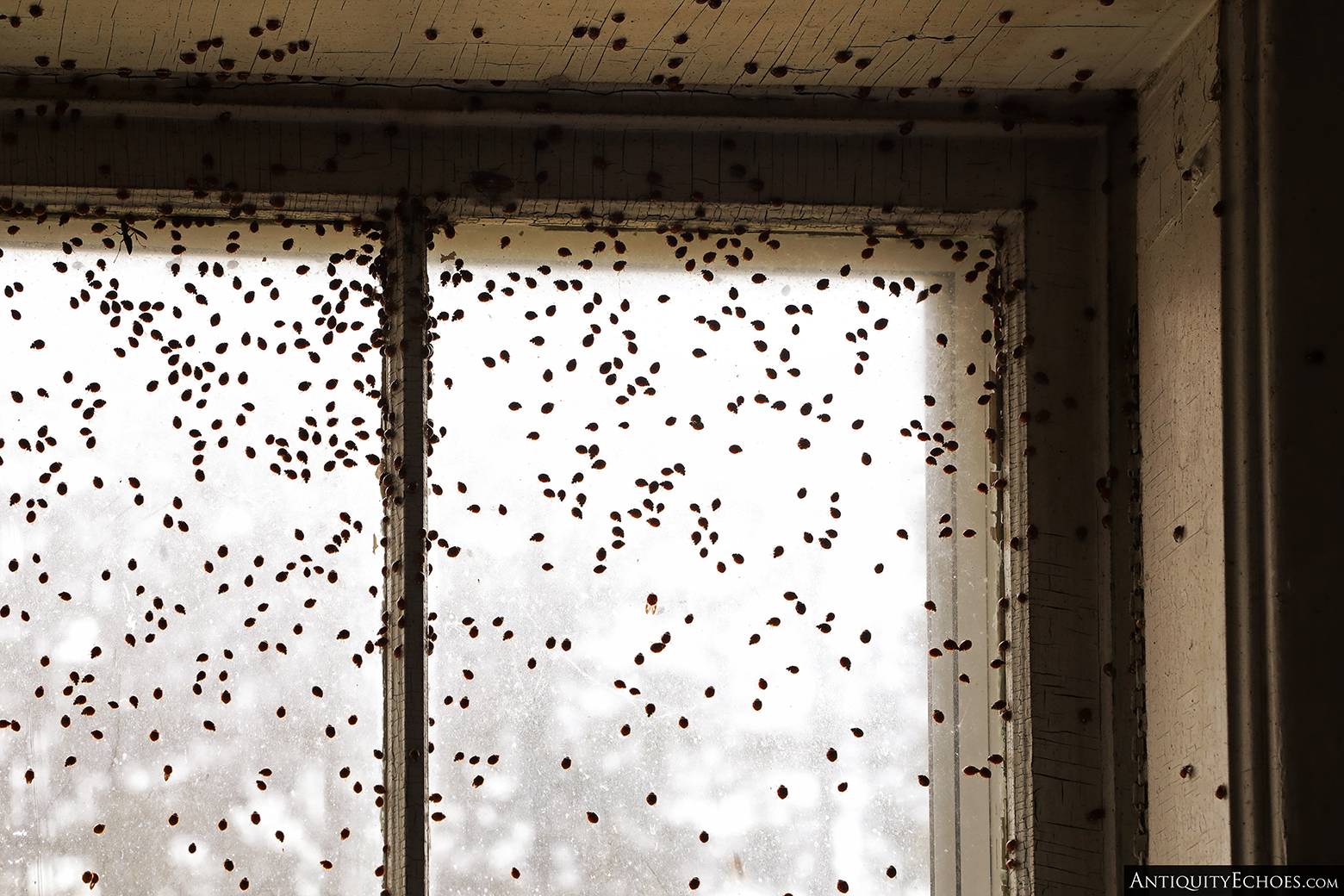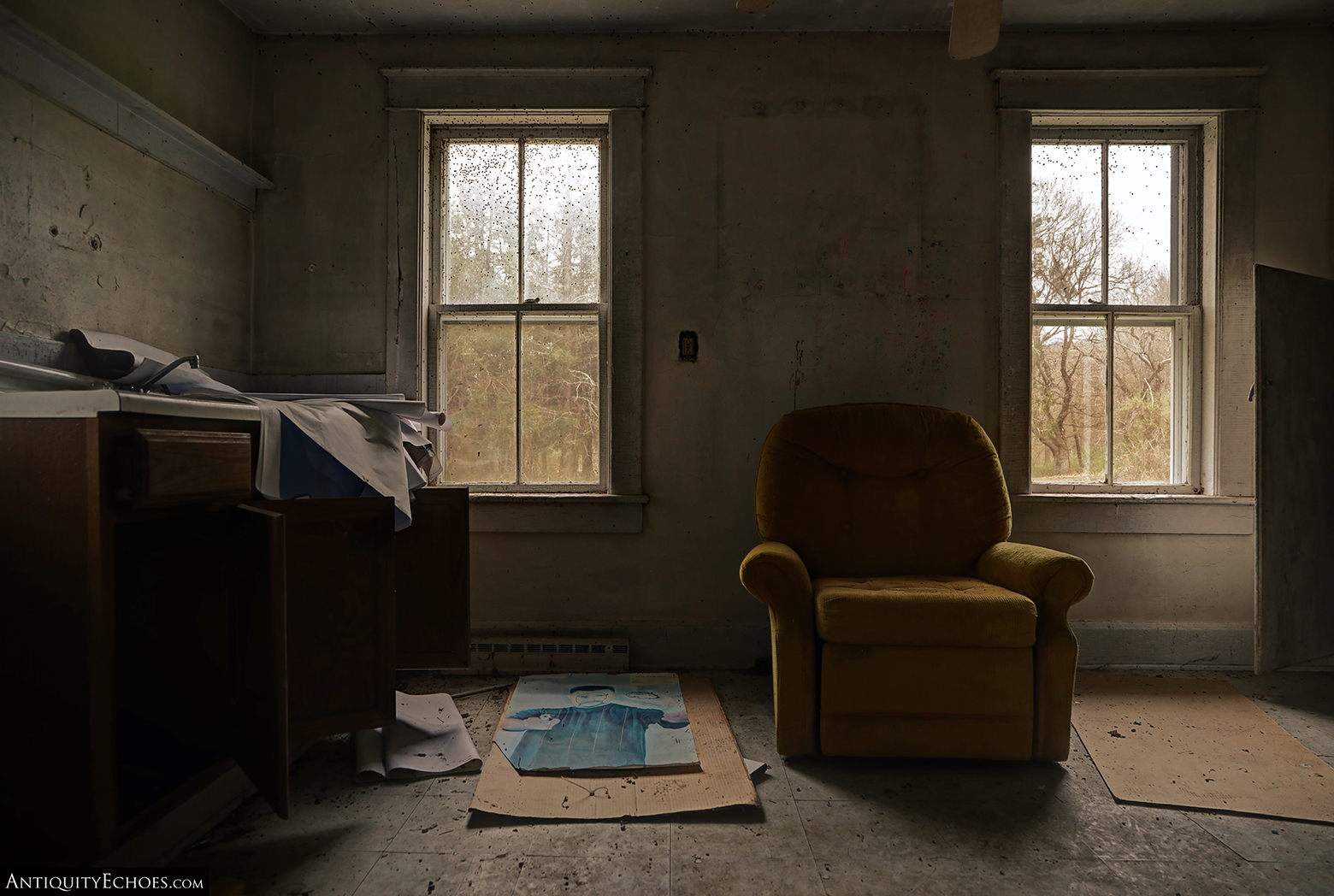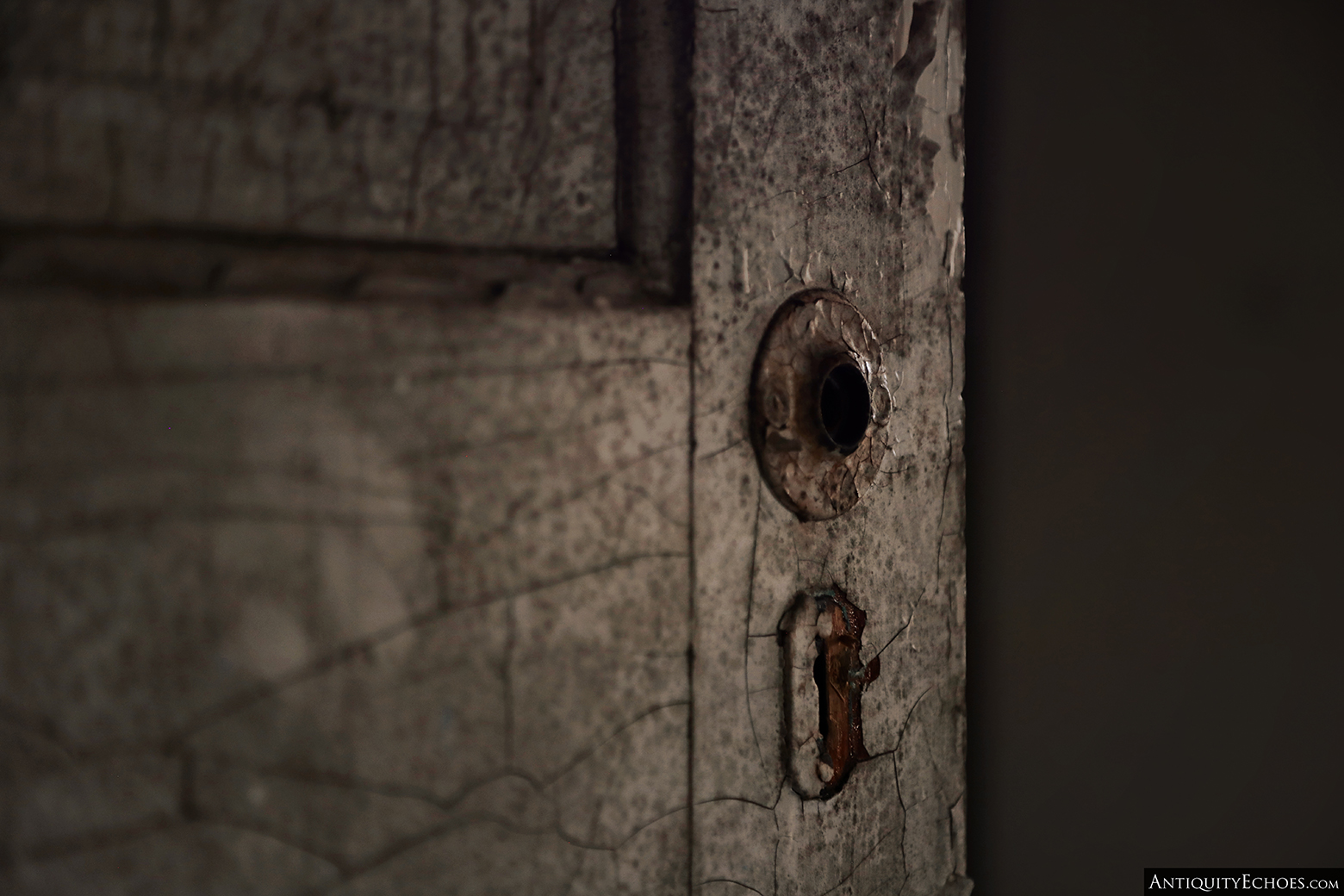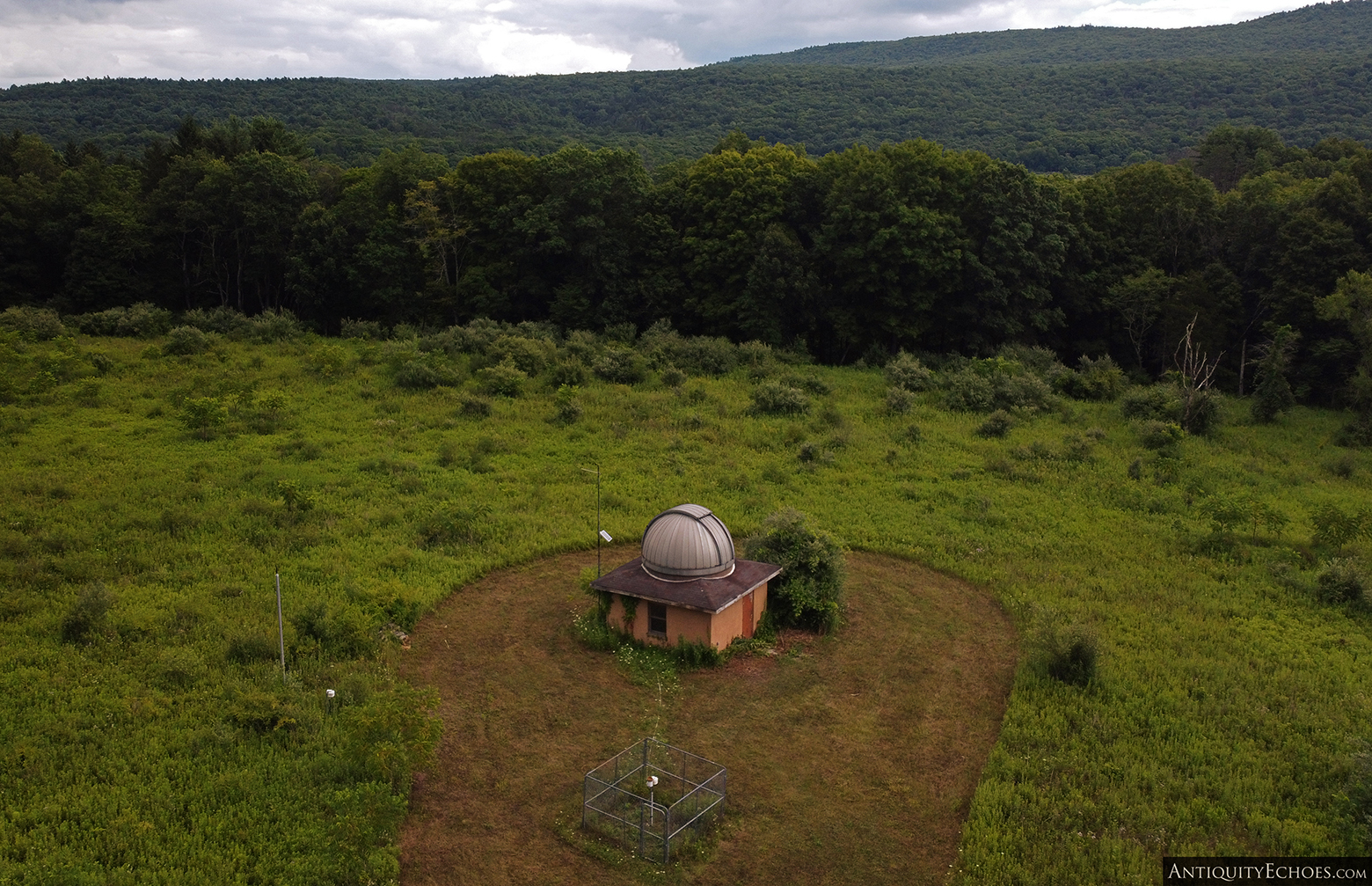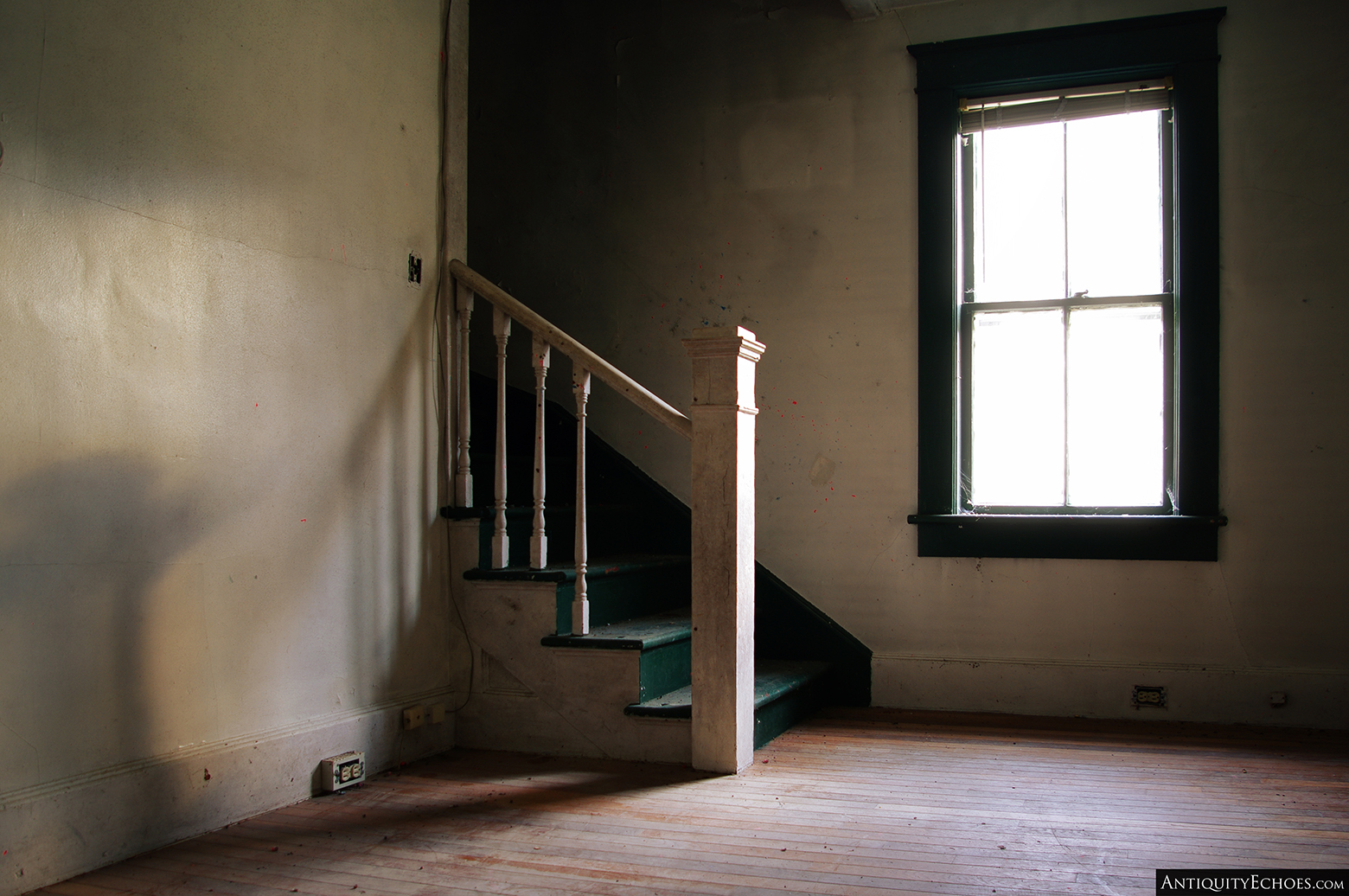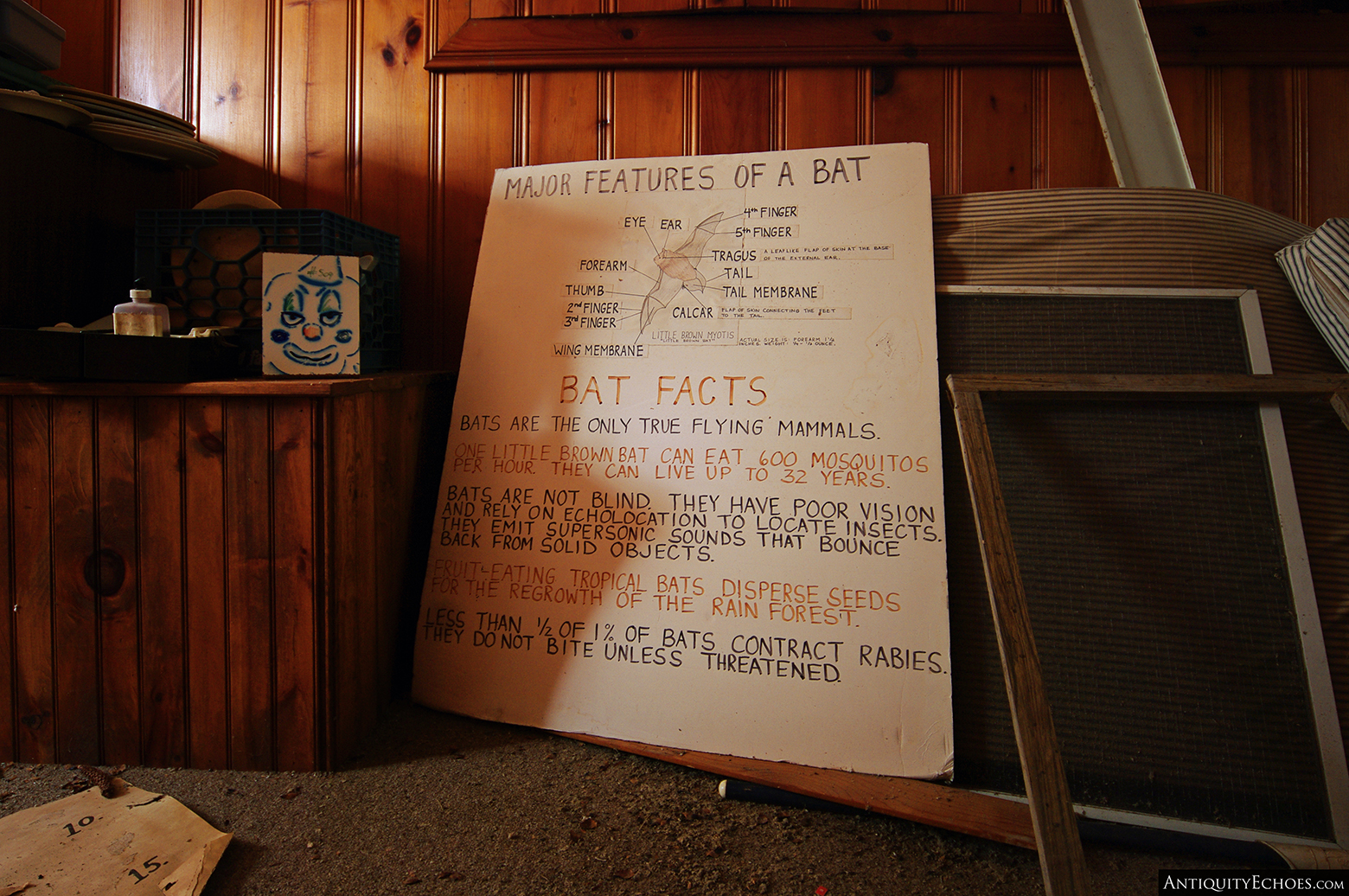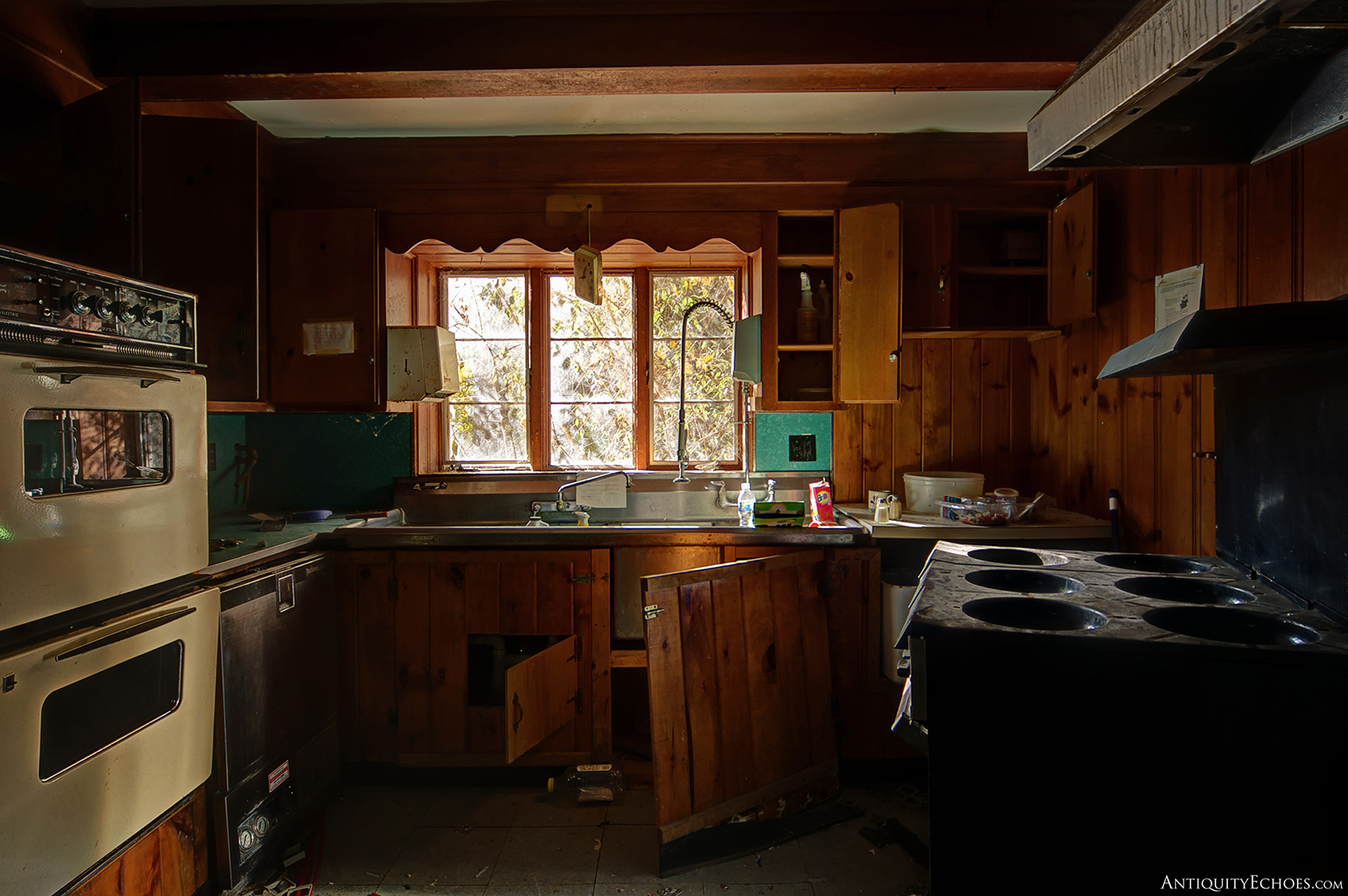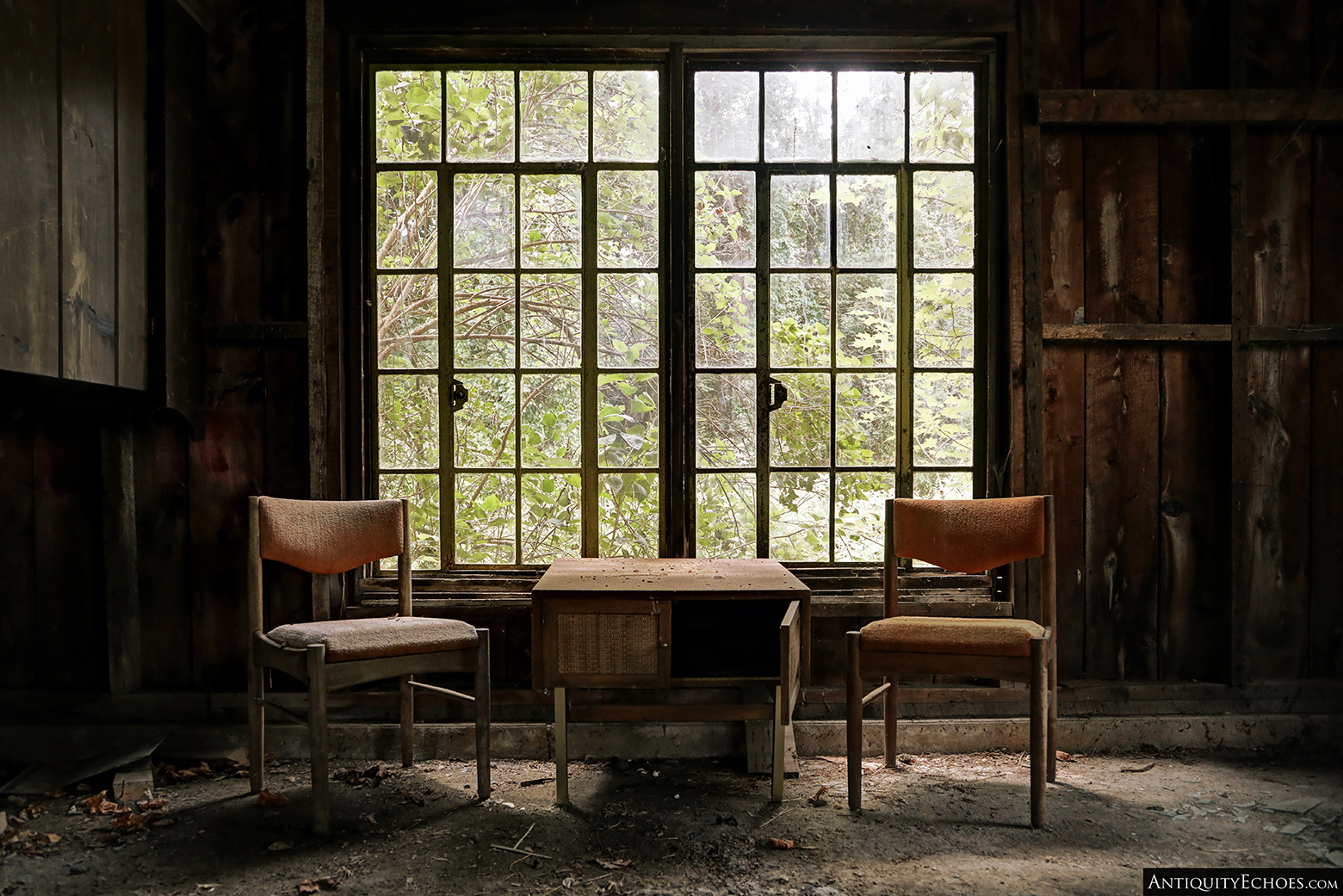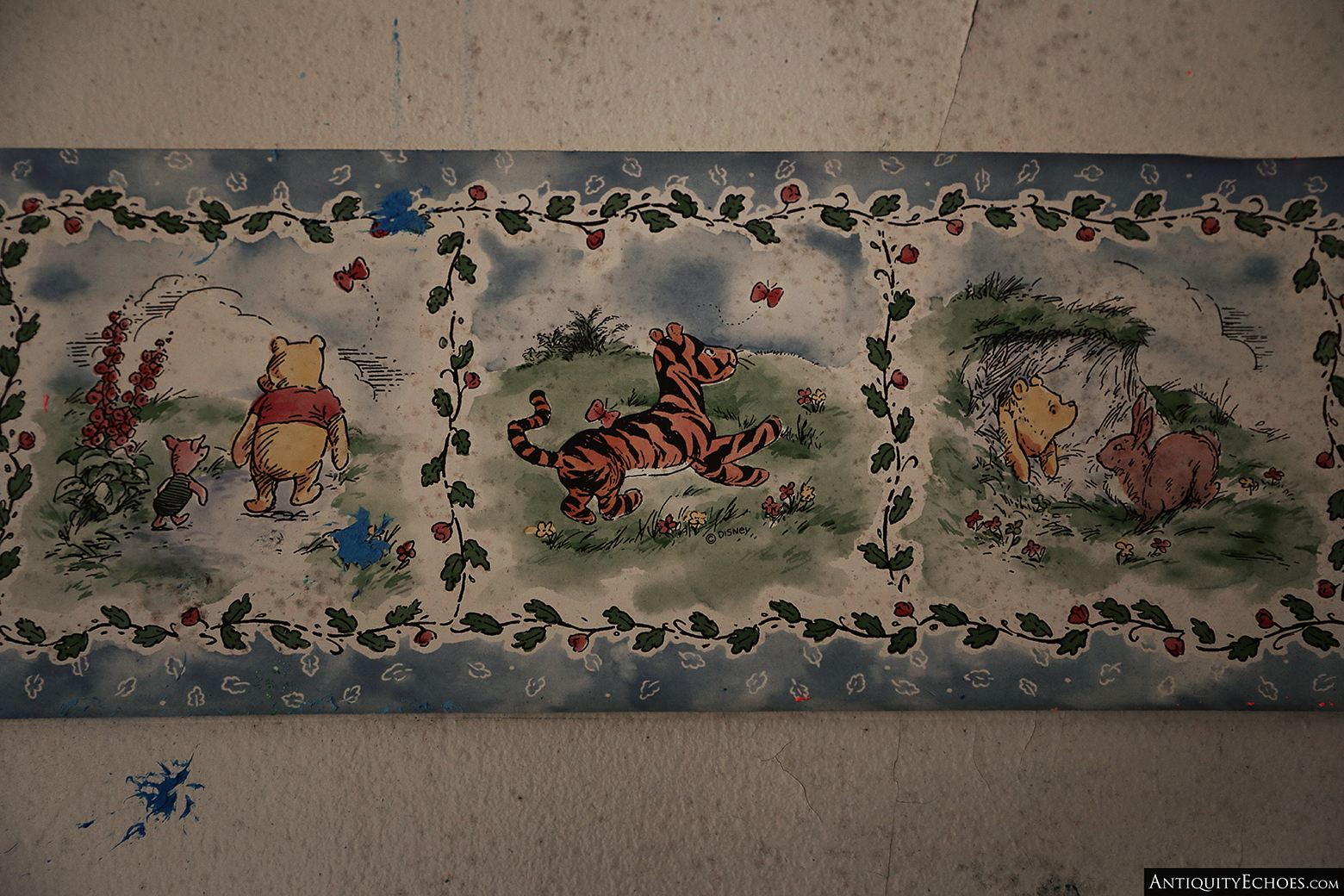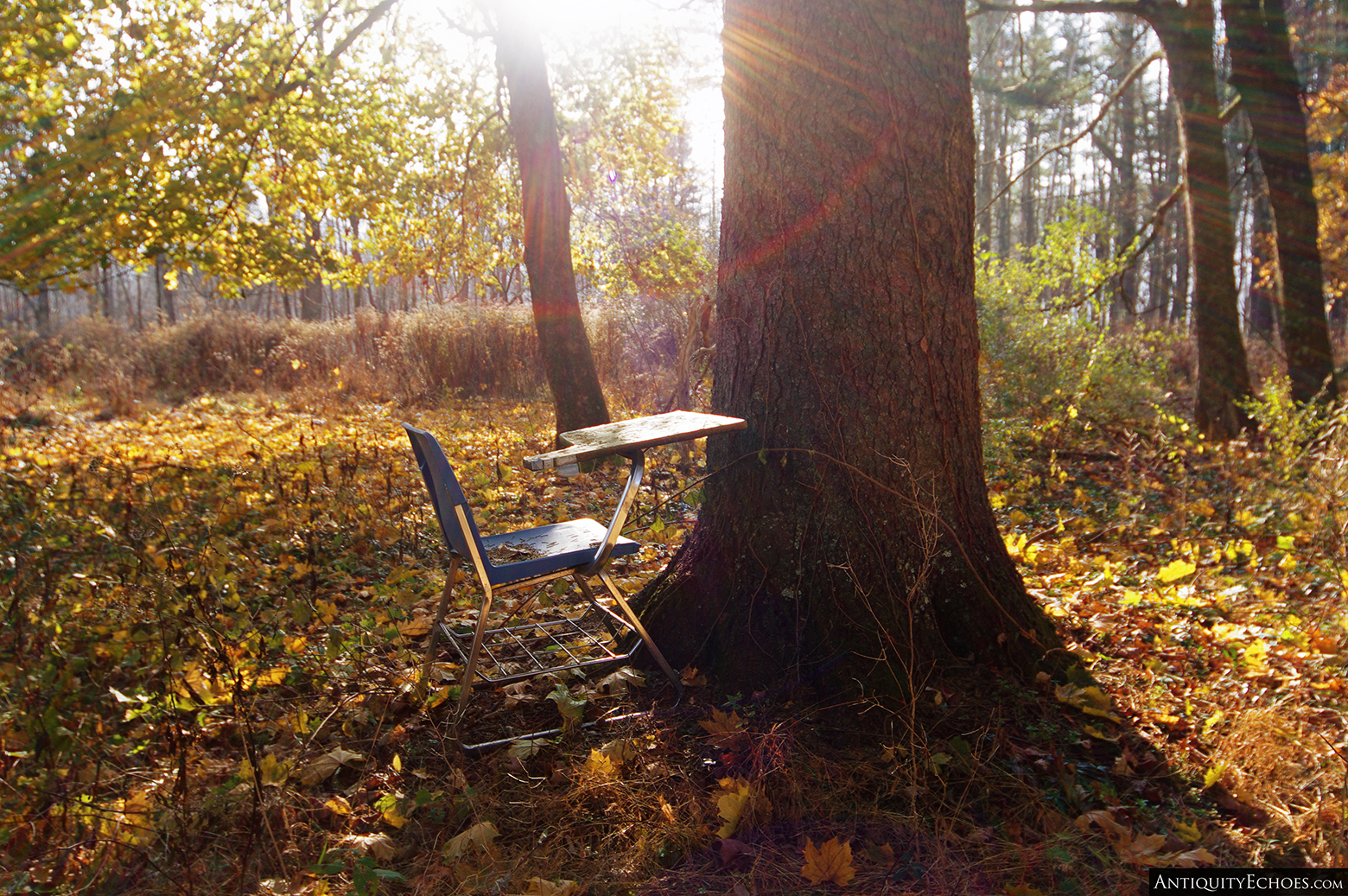Walpack Valley Environmental Education Center
The town of Walpack, NJ, is situated in
the heart of the Delaware Water Gap Recreational Area. Huddled away
in a hazy valley, it simply exists. Without people, though not bereft
of life. Surrounded by thousands of acres of unspoiled nature, people
travel from all over just to spend a day experiencing its grandeur.
But, like any ghost town, Walpack holds its share of secrets. One
such esoteric treasure can be found just off Main Street, in what was
once the town center. There, beyond an open field of tall grass, and
just past a long-disused observatory, hides the former Walpack
Environmental Education Center. It weathers, without purpose, huddled
at the edge of the forest.
Though decades abandoned, upon our
visit the buildings appeared not unlike a typical summer camp that
had been shuttered for the off-season, seemingly ready to reopen at
any time. Though, that time is never to come. In the Spring of 2003
the Easton Board of Education, who had operated on the property for
decades, voted to completely cut funding for the center. In short
order the doors were locked, the lights turned off, and the rooms and
halls of the Education Center fell forever silent. Remarkably
the buildings were never cleared out, never emptied of furniture,
fixtures, or materials. Everything remains behind, moldering through
the seasons and the years. Countless items, though trivial during
their time of use, now exist as unexpected relics. Windows to a past
time and place, and to the lives who knew the school before it had
been doomed to rot away.
Prior to the overgrowth and peeled
paint, back when the center was at full operation, it served as a
mixture of a school and summer camp. Programs here lasted from 2 to 5
days in length, with chores and exercises in communal living
incorporated into the environmental curriculum. It truly must have
been a spectacular place during its prime - Encircled by hundreds
upon hundreds of acres of forests, mountains, waterfalls, and
wildlife. To this day the region seems almost fictitious in its
pastoral beauty, like a setting pulled from some grand adventure
novel, though dotted with the occasional abandoned home and rotting
structure.
On the parcel stands an old barn, which at some juncture was converted into lodging for the camp. Though it was likely a centerpiece of daily life at the center, it has grown unrecognizable through neglect. Within, dozens of bunk beds rust away in the darkness, and across the floors lay a thick layer of insulation and ceiling tiles, felled by the endless years of summer heat and freezing winters. Pillows and blankets remain atop mattresses, though they are badly deteriorated and discolored. The fetor of profound rot and stale air dominates the entirety of the building. It hangs thick around you, clinging to your clothes and remaining on your skin even long after you depart.
Past the converted barn and through a thin woodline stands an aging farmhouse. Within, the old house had taken on a bleak atmosphere. It was far darker than expected, with the upper hallways cast nearly black even in the midday sun. That gloom mixed with the echoing emptiness of the chambers to make for the most unsettling experience of any of the structures at the shuttered environmental center. Throughout the house droned an unusual sound, a faint buzzing mixed with a light and rapid tapping. It was a constant sound, but quiet enough that one could go for minutes without fully noticing it. But you will notice it, just as soon as you cast your gaze out any of the many windows of the home. All around, running down walls and across the wavy old glass panes of the windows crawled thousands of beetles. Mixed into their numbers were dozens and dozens of wasps, which were crawling their way out from the ceilings through grimy light fixtures. All of them were seeking the sun beyond the glass, and all of them failing to reach it.
Back across the property, far from the insect hoard, is the school proper. A building that now lingers as a time-capsule inadvertently left by the final class to have known the center. The crafts room brims with children's artwork and supplies. Ponchos yet hang on hooks in the entry foyer, and upstairs desks are stacked away for safekeeping. The last children to know this place are far from children any longer. In fact, some may even have a family of their own at this point. The years outside these walls have proceeded as usual, but within the flow of time seems to have slowed to a crawl. A school-turned time capsule, and a palpable model of just how slow or fast the years can pass us by - A reminder that childhood is fleeting, as is life. This is the final lesson that the old school reveals to us.






